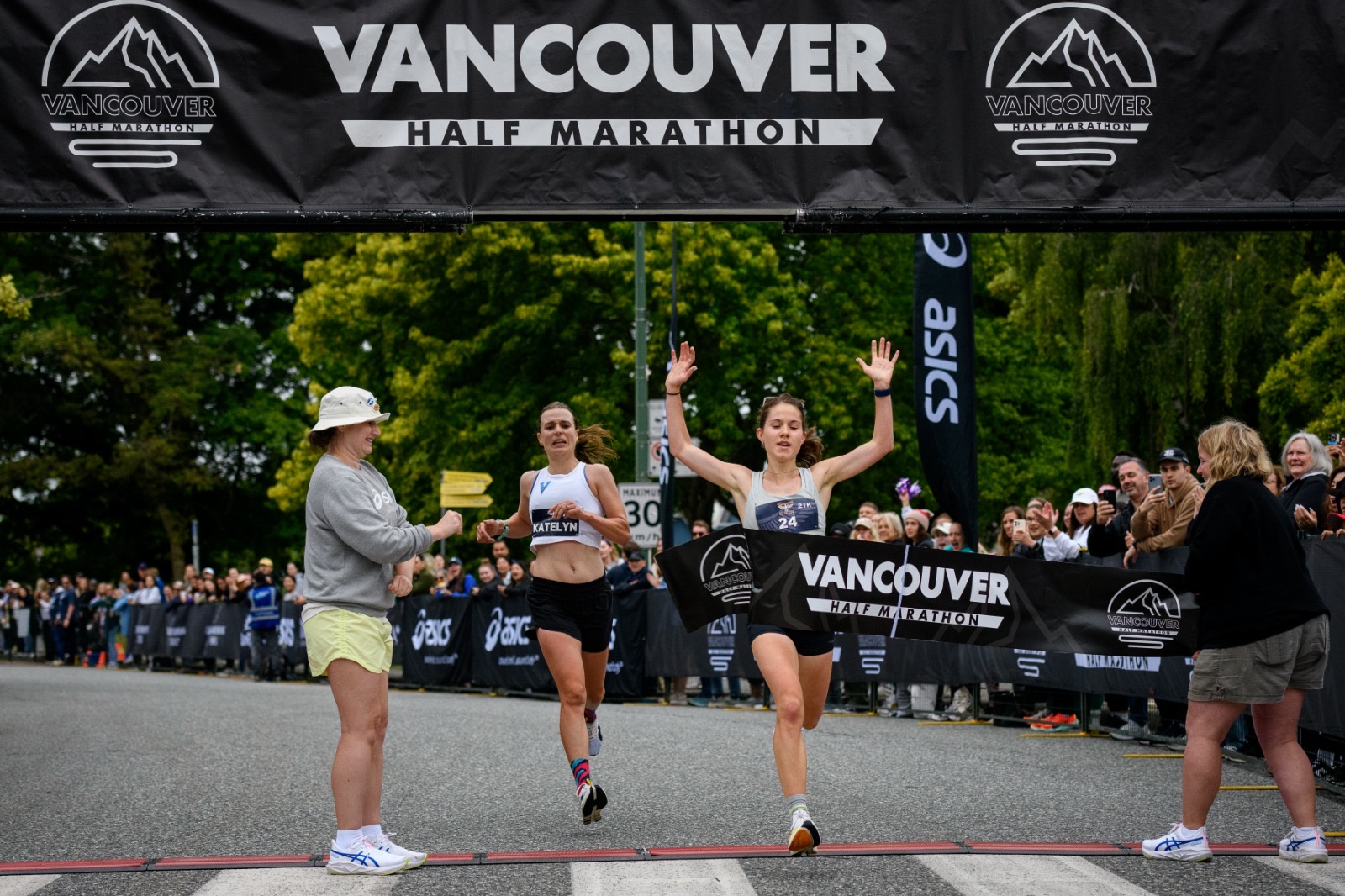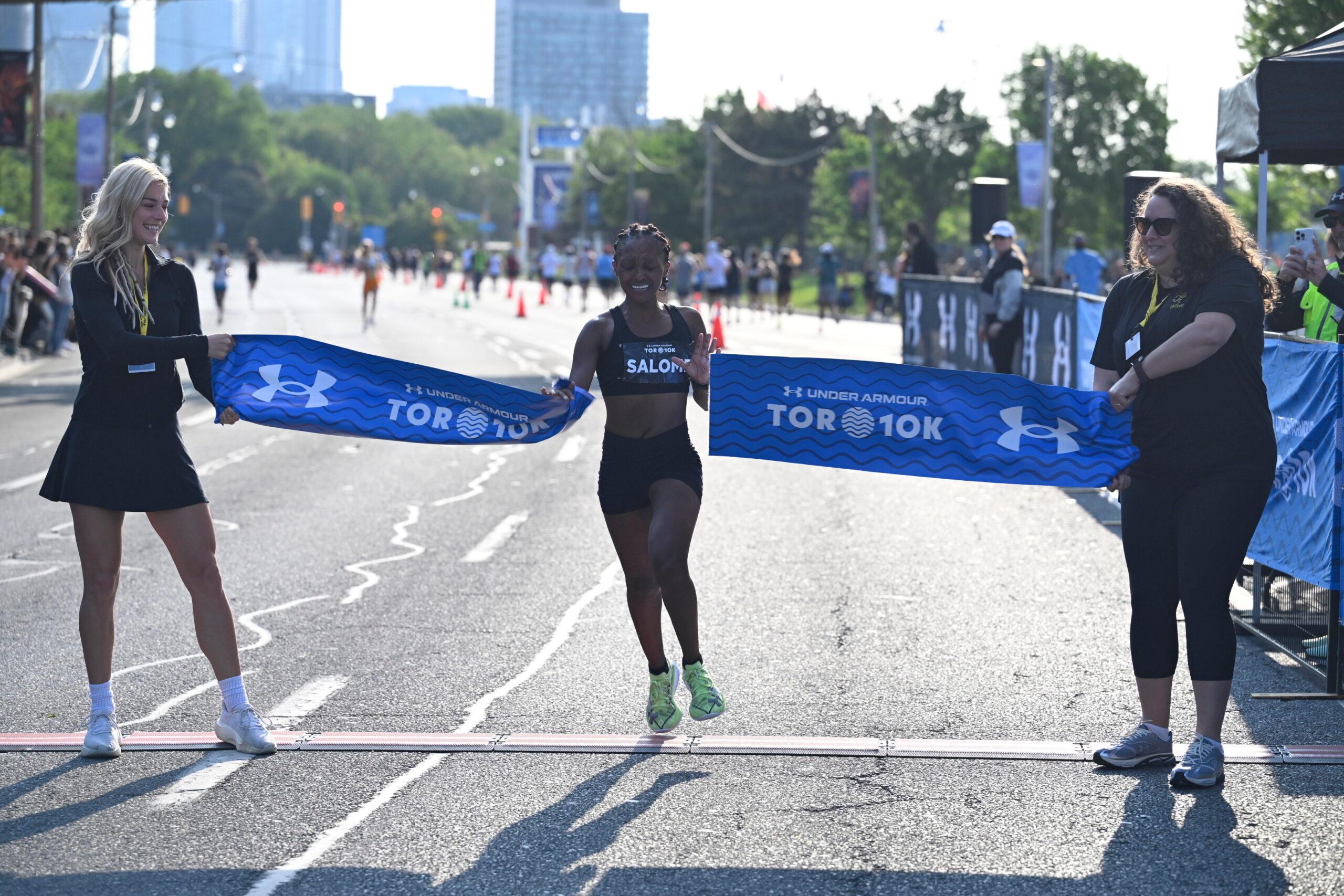Montréal, April 23rd 2017. The stars were aligned this morning as it was under perfect weather conditions that the racers took their place at the start of the 15th annual Banque Scotia 21K de Montréal. The sun was shining and it was about 13 degrees, winning conditions for fast times.
On the women’s side, Dayna Pidhoresky from Vancouver led the race for the entire course and finished in 1:13:45. This is a third win for her this year and one that helped her secure a chance to run at the IAAF World Half Marathon Championships in February 2018. In second place, Lioudmilla Kortchaguina from Markham (Ontario) finished in 1:15:39 which also put her first place in the Master’s category. The first Quebec woman to cross the finish line, Arianne Raby from Montreal, followed with a time of 1:15:54.
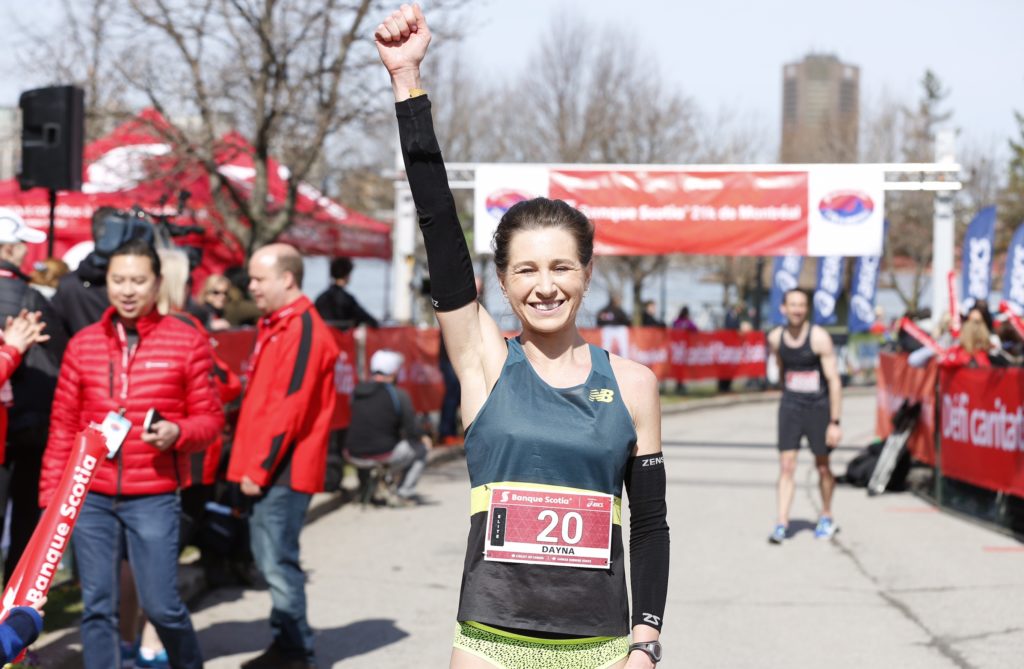
Dayna Pidhoresky – Photo credit: Inge Johnson/Canada Running Series
Dayna Pidhoresky is happy with her performance (1:13:45). She said she is starting to feel like she is back on track. She is a lone wolf and loves to train by herself. This year has been good so far as she won her first three races of 2017. Her main goal is to make the world team for the 2017 IAAF World Championships in London this August and she hopes to qualify at the Ottawa Marathon. Today’s race also qualified her for the IAAF World Half Marathon Championships in February 2018. She hopes to be chosen for both, as she wants to gain more international experience and get better at marathons. “It is such a learning curve and there’s so much to learn” she said. “The more you race, the more you are going to learn. I always want to be good right from the start, but I know it will take couple of years before I reach my full potential. I look at Krista DuChene, she is so experienced and she has been doing this for so long and still getting better. It makes me believe I could also be doing this for a while. Marathon running is a slow and steady type of thing!”
Second woman to finish, Lioudmila Kortchaguina (1:15:39) found the race tough today mainly because of the wind, but she is always happy to come race in Montreal because she loves the city, the course, the people and the fact that there are a lot of supporters.
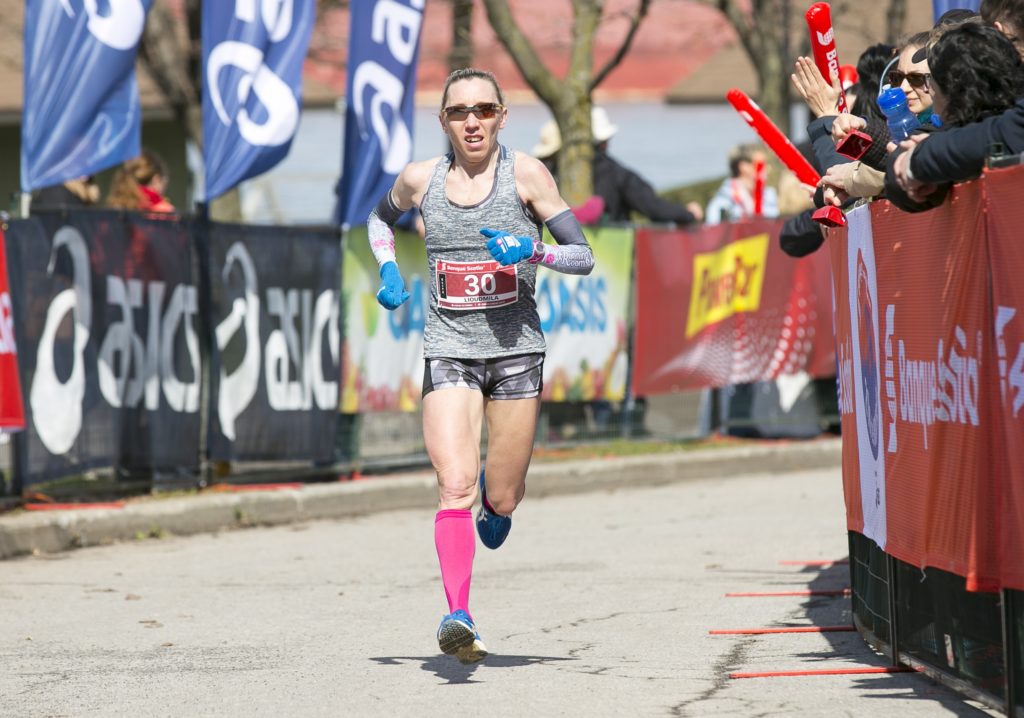
Lioudmila Kortchaguina – Photo credit: Inge Johnson/Canada Running Series
Third place Arianne Raby (1:15:53) had a good race overall. She wanted to test her fitness level before the Ottawa Marathon next month. She finished three minutes faster than at her first half marathon last year. The hardest thing for her was the fact that she ran alone most of the time. She wanted to stay close to Kortchaguina, but she only started to feel better after 10 km. A former short distance runner, Arianne’s specialties were 800 and 1500 meters. She switched to long distance two years ago. She did her first marathon last September in 2:48 and her objective this year is to run 2:40 in Ottawa.
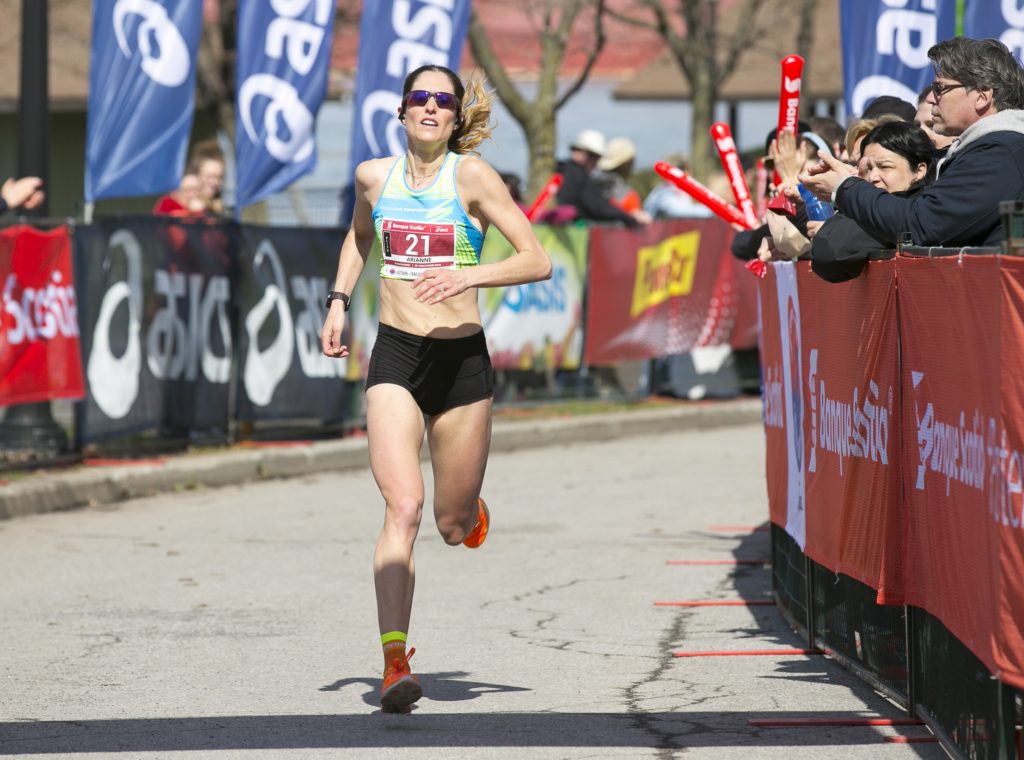
Arianne Raby – Photo credit: Inge Johnson/Canada Running Series
Bianca Premont (1:23:11) who took fourth place also had some difficulties today as she was sick. She even told her boyfriend at the 12km mark that she would stop at 13km. Ultimately, she decided to finish the race, but she ran it at her marathon pace which was slower. She managed to pick up speed closer to the end, passing two other runners. It motivated her. Her objective this year is the Scotiabank Toronto Waterfront Marathon in the fall, as her favourite distance is 42K.
As soon as the men’s race started, a lead pack of seven runners formed within’ seconds. They stayed close together for almost half of the race. During the first four kilometers, Anthony Larouche from Quebec City was in the lead, but he was passed at the 5km mark by John Mason from Drumbo (Ontario) who kept the lead throughout most of the race. It was a tightly knit leader pack, with less than 2 meters between the first and last runner in the pack.
At the halfway mark it became a battle between four runners: François Jarry, John Mason, Stephane Colle and Anthony Larouche, who all had halfway splits between 33:40 and 33:41. With less than two kilometers to go, Jarry (1:07:23) started to pick up speed and took the lead, putting a little more distance between him and the other runners. Stephane Colle (1:07:37) passed John Mason (1:07:41) just one hundred metres from the finish for a close second and third place, followed by Anthony Larouche (1:07:49) in fourth. It’s interesting to know that it was Stephane Colle’s first half marathon.
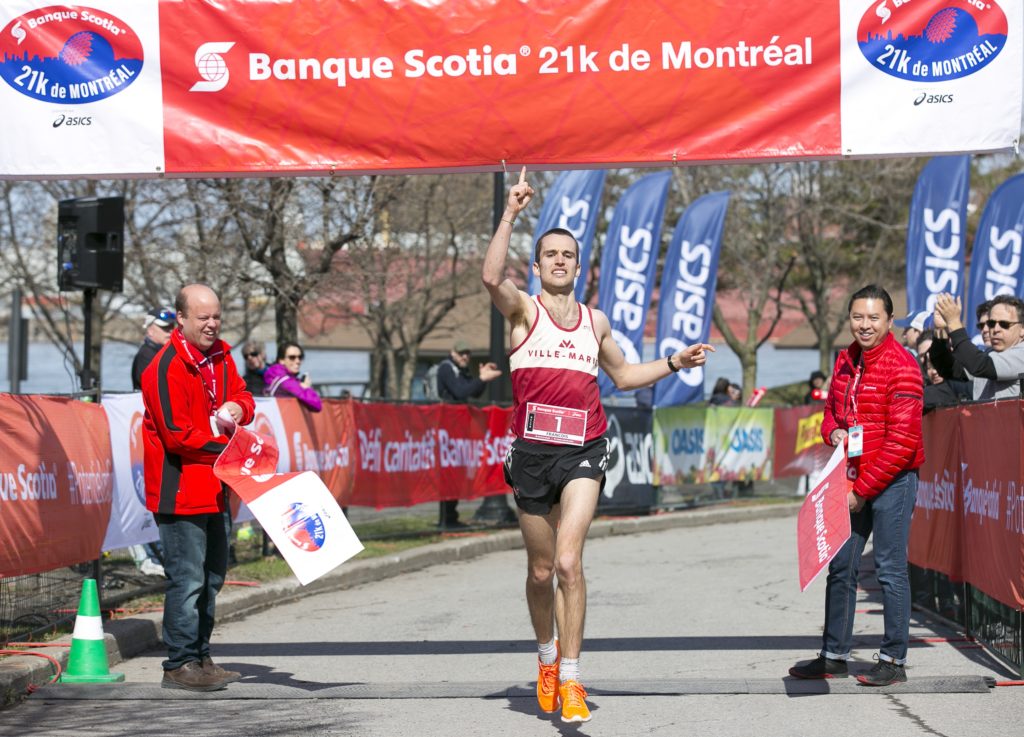
Francois Jarry – Photo credit: Inge Johnson/Canada Running Series
François Jarry felt good at the start this morning, but when John Mason started to push the pace at about 7km, he started to struggle. He was in the lead pack, but he says he suffered from kilometres 8 to 14. He was trying hard to stay with the group and he’s happy he did because less than 2km from finish, he had the energy to pick it up and create distance between him and the other runners. He knew then that it was his race. David Le Porho mentioned to me after the race that Jarry’s specialty is strong pick-ups at the end. “He is a fierce competitor and when he is in the lead pack, if he still has juice at the end, we know we are in trouble!”
Jarry is a member of the new Athlétisme Ville-Marie lead by John LoFranco and Jim McDannald and he runs about two half marathons per year. His objective today was to finish first and maybe go under 1:07 as an added bonus. With a time of 1:07:23, he did not finish under 1:07, but he still got a personal best. It’s a big year for Jarry, with lots of races on his agenda like the Canadian 10,000m Championships in Guelph and the Canadian Half Marathon Championships in Calgary where he would like to finish in the top 3 or 5. The year has started strong for him and it boosts his confidence for the rest of the year.
The second place runner, Stephane Colle, was running his first half marathon on Sunday and is also happy with his performance. He said the most difficult thing for him was the wind, but with John Mason in the lead, just in front of him for most of the race, he was sheltered from it most of the time.
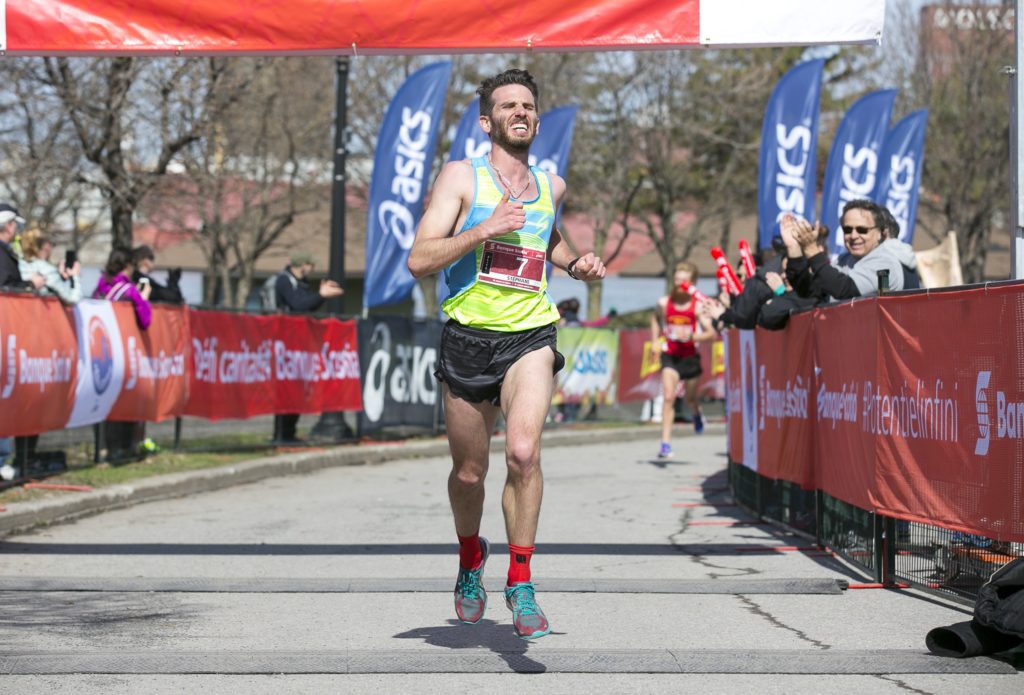
Stephane Colle – Photo credit: Inge Johnson/Canada Running Series
Even finishing third, John Mason fought a really good race. A strong runner with a great stride, he was leading for the most part of the race and was only passed in the last two kilometers – not bad for a guy who dislocated his shoulder six weeks ago! Mason was hoping to have a strong run if he ran smart and he did. It was also a PB for him today.
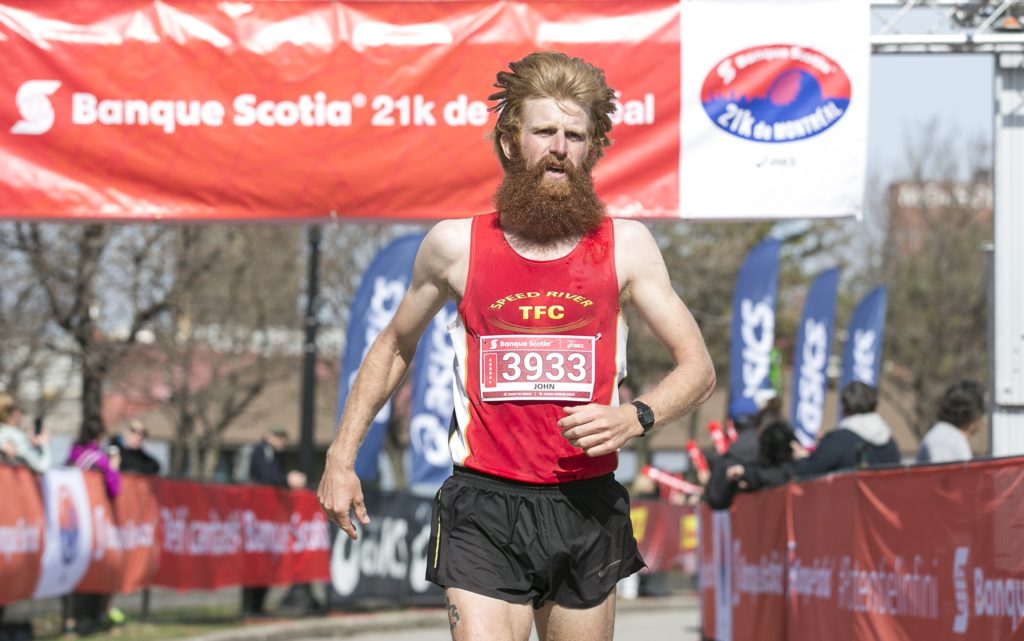
John Mason – Photo credit: Inge Johnson/Canada Running Series
Anthony Larouche also gave a good performance as he mentioned he had not fully recovered from his 10K race the previous week at the Bucknell Bison Invite, where he broke the 30 minute mark, by finishing in 29:55. His legs this morning started to show signs of fatigue at the 15km mark and he did not have the strength to finish as strong as he had started. He finished 4th.
In the Masters category, Amor Dehbi (1:12:28) from Club Enduromax of Montreal finished first after taking almost a full year off of running and getting back to training just two months ago. Overall, Quebec dominated the men’s podium with four out of the five first finishers and a first place in the Masters. David Le Porho, who was expected to be in the leading pack, had a bad day and abandoned the race half way.
Overall, it was a great race with many PBs for runners and the sun was shining for all of them!
Un triplé pour Dayna Pidhoresky cette saison avec sa première place à la Banque Scotia 21K de Montréal
Montréal, April 23rd 2017. Les dieux de la course étaient avec les coureurs ce matin, car c’est sous un soleil radieux et environ 13 degrés qu’ils ont pris le départ de la 15e édition de la Banque Scotia 21K de Montréal, des conditions gagnantes pour réaliser des temps rapides.
Du côté des femmes, Dayna Pidhoresky de Vancouver a été en tête tout au long de la course et a terminé en 1 :13 :45. Une troisième victoire pour elle cette année, ce qui lui assure le temps nécessaire pour peut-être courir le IAAF World Half Marathon Championships en février 2018. En deuxième place, Lioudmilla Kortchaguina de Markham en Ontario a fait 1 :15 :39, ce qui lui a aussi assuré la première place chez les Maîtres. La troisième place et première Québécoise à terminer la course est Arianne Raby de Montréal qui a réussi un temps de 1 :15 :54.
Dayna Piedhoresky qui a fini première chez les femmes, est heureuse de sa performance (1 :13 :45). Elle sent qu’elle revient en force. C’est une coureuse solitaire qui adore s’entraîner seule. Cette année est bien partie pour elle car elle a remporté ses trois premières courses. Son objectif principal est de faire l’équipe du IAAF World Championships London 2017 et elle espère s’y qualifier lors du Marathon d’Ottawa le mois prochain. La course d’aujourd’hui lui donne aussi le temps nécessaire pour se qualifier pour le IAAF World Half Marathon Championships en février 2018. Elle se croise les doigts pour être choisie pour les deux, car elle veut acquérir plus d’expérience internationale. Elle veut devenir meilleure sur la distance marathon. « C’est tout un apprentissage et il y a tellement à apprendre. Ça se fait progressivement et plus tu courses, plus tu apprends. Je veux toujours être la meilleure même quand je commence, mais je sais que cela me prendra plusieurs années avant d’atteindre mon plein potentiel. Quand je regarde Krista DuChene, si expérimentée et qui court depuis si longtemps tout en s’améliorant, ça m’encourage ! Je me dis que je pourrai courir longtemps. Les marathons c’est une distance plus lente où il faut plus de constance ».
La deuxième femme à finir, Lioudmila Kortchaguina (1 :15 :39) a trouvé la course dificile aujourd’hui surtout à cause du vent, mais elle adore courir à Montréal pour la ville, son parcours et la foule enthousiaste.
En troisième place, Arianne Raby (1 :15 :53) a eu une bonne course dans son ensemble. Elle voulait tester sa forme physique pour le Marathon d’Ottawa du mois prochain. Elle a réussi à faire trois minutes de moins qu’à son premier demi l’an dernier. Le plus dur a été de courir seule presque tout le temps car il n’y avait pas de peloton chez les femmes. Elle voulait s’accrocher à la deuxième coureuse, mais elle a commencé à se sentir bien seulement après 10 km. Anciennement coureuse de 800 et 1500 mètres, elle est passée à la course de fond il y a deux ans. Elle a couru son premier marathon à Montréal en septembre dernier avec un temps de 2 :48 et elle vise 2 :40 pour celui d’Ottawa cette année.
Bianca Premont (1 :23 :11) a terminé quatrième, mais a éprouvé quelques difficultés car elle était malade. Elle a même dit à son conjoint croisé au 12e km qu’elle abandonnerait au 13e. Elle a finalement décidé de terminer sa course, à sa vitesse de marathon, ce qui est plus lent. Malgré tout, elle a dépassé deux personnes ce qui l’a encouragée. Son objectif cette année est le Marathon de Toronto à l’automne, le 42K étant sa distance préférée.
Aussitôt après le départ des hommes, on a vu se former en quelques secondes un peloton de sept coureurs qui est resté ensemble près de la moitié de la course. Pendant les quatre premiers kilomètres, Anthony Larouche de Québec était en tête, mais il a été dépassé au 5e kilomètre par John Mason de Drumbo (Ontario) qui a été le premier presque jusqu’à la fin de la course. Le peloton était tissé serré, le premier coureur étant séparé du dernier par moins de 2 mètres.
À mi-parcours s’est devenu une course entre quatre coureurs Jarry, Mason, Colle and Larouche qui sont tous passés entre 33 :40 and 33 :41. À moins de deux kilomètres de l’arrivée, François Jarry (1 :07 :23) s’est détaché du peloton et a mis un peu de distance entre lui et les autres coureurs. Stephane Colle (1 :07 :37) a pour sa part dépassé John Mason (1 :07 :41) à seulement 100 mètres de la l’arrivée, terminant ainsi 2e et 3e, suivi d’Anthony Larouche (1 :07 :49) qui a rafflé la 4e place. Fait à noter, c’était le premier demi-marathon de Stephane Colle.
François Jarry se sentait bien au départ ce matin, mais quand John Mason a augmenté la cadence au 7e kilomètre, il a eu du mal à suivre et a souffert du 8e au 14e kilomètre, mais il voulait s’accrocher au peloton. Il est heureux d’avoir persévéré car à un peu moins de deux kilomètres de la fin, il a réussi à prendre la tête et à se distancer du reste du peloton. Il savait à ce moment que c’était sa course. Il a donc fini en force. David Le Porho nous a mentionné après la course car les fins de course c’est la spécialité de Jarry quand il a encore du jus rendu là. « Il est redoutable, car il réussit à sprinter et à dépasser tout le monde. »
Jarry est membre du nouveau Athlétisme Ville-Marie dirigé par John Di Franco et Jim McDannald et il court environ deux demi-marathons par année. Son objectif aujourd’hui était de finir premier et comme bonus de peut-être faire moins de 1 :07. Avec un temps de 1 :07 :23, il n’a pas fait sous les 1 :07, mais il a tout de même réussi un record personnel. C’est une grosse année pour lui avec beaucoup de courses à son calendrier donc le Championnat canadien 10,000 m à Guelph et le Championnat canadiens de demi-marathon à Calgary où il espère finir dans les 3 ou 5 premiers. L’année a commencé en force et ça augure bien pour le reste de celle-ci.
Stephane Colle qui a terminé deuxième en était à son premier demi-marathon ce matin et il est heureux de sa performance. Ce qu’il a trouvé le plus difficile c’est le vent, mais comme John Mason était devant lui pendant presque toute la course il a réussi à s’en protéger presque tout le temps.
Même s’il a fini troisième, John Mason peut être fier de sa course. C’est un coureur puissant avec une foulée parfaite, qui a mené pendant presque toute la course et qui ne s’est fait dépassé qu’aux deux derniers kilomètres. Pas mal pour un coureur qui s’est disloqué l’épaule six semaines auparavant. Il espérait avoir une bonne course et il savait que s’il courait intelligemment il réussirait. Mission accomplie car il a réalisé un PB aujourd’hui.
Anthony Larouche pour sa part a aussi réalisé une excellente performance même s’il n’avait pas eu le temps de complètement récupérer de son record personnel au 10K du Bucknell Bison Invite de la semaine dernière où il a réussi à aller sous les 30 minutes avec un temps de 29 :55. Ses jambes ont commencé à montrer des signes de fatigue après 15 km et il n’a pas été capable de finir aussi fort qu’il avait commencé. Malgré tout, il a quand même fini en 4e place.
Dans la catégorie des Maîtres, Amor Dehbi (1 :12 :28) du Club Enduromax de Montreal a terminé premier après près d’une année de pause et un retour à l’entraînement juste deux mois plus tôt. Dans l’ensemble, le Québec a dominé le podium chez les hommes avec quatre des cinq premières places ainsi qu’une victoire chez les Maîtres. David Le Porho, qui était attendu dans le peloton de tête, n’a pas eu une bonne course et a abandonné à mi-parcours.
En résumé la plupart des gagnantes chez les femmes ont trouvé la course plus difficile que les hommes, possiblement à cause qu’elles ont presque toutes courues seules et que le défi de dépasser les autres étaient moins présent en raison des distances qui les séparaient les unes des autres. Cela n’a toutefois pas empêché Stephaney Hortian (1 :23 :46) de Kitchener de terminer 5e à son premier demi-marathon. Beaucoup de records personnels aujourd’hui ! Le soleil brillait pour la plupart d’entre eux.
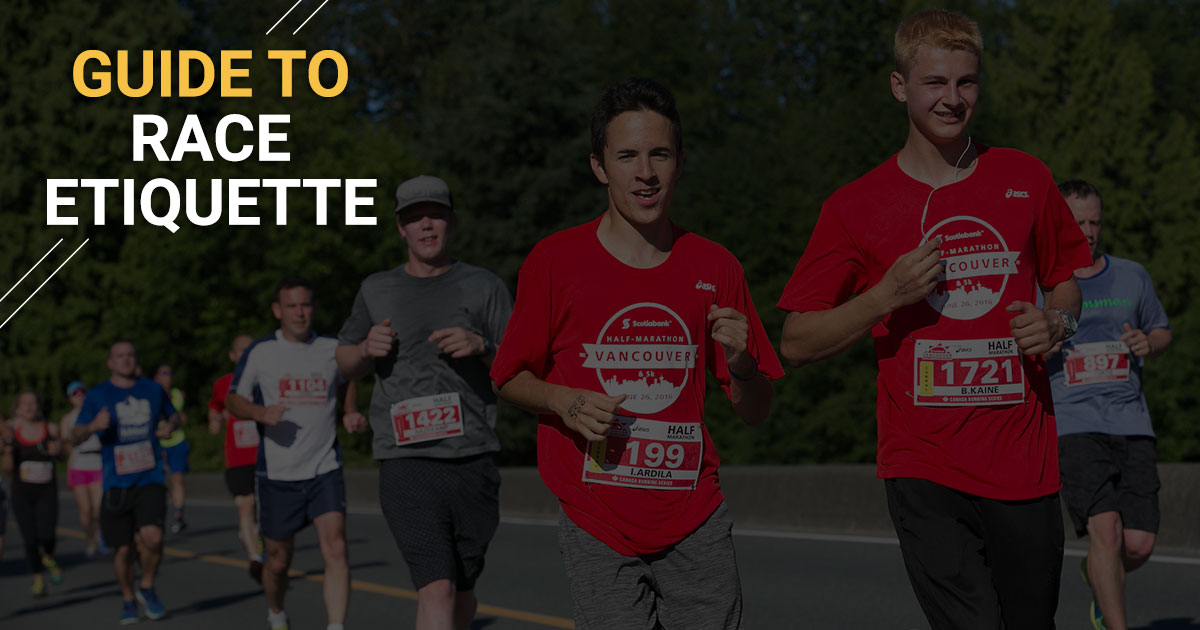


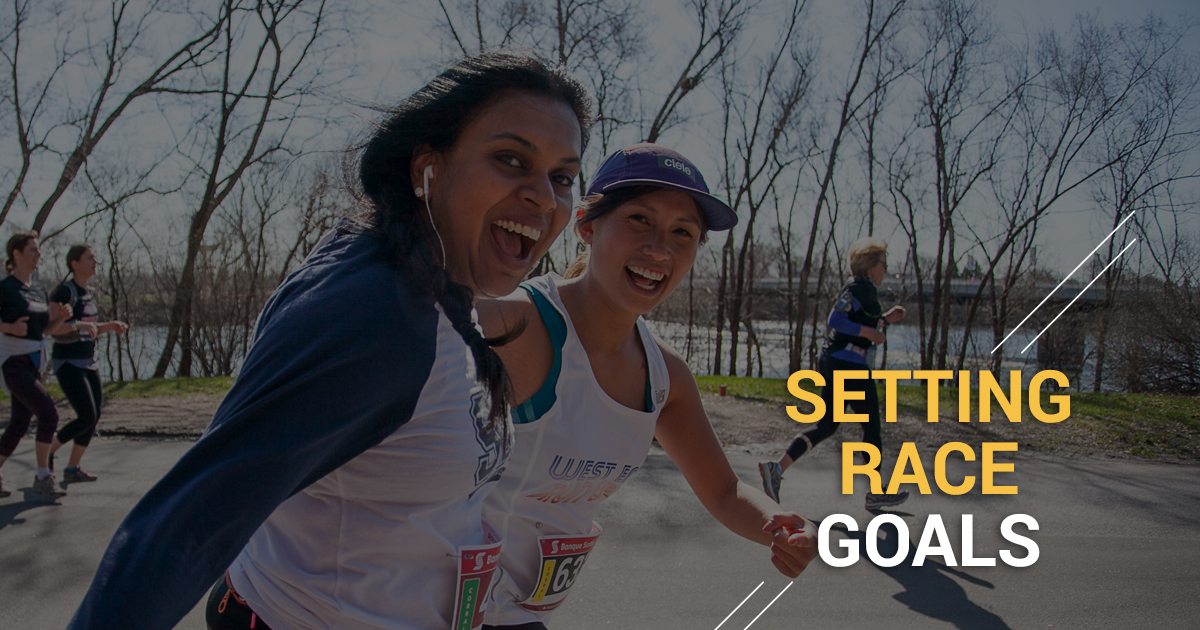
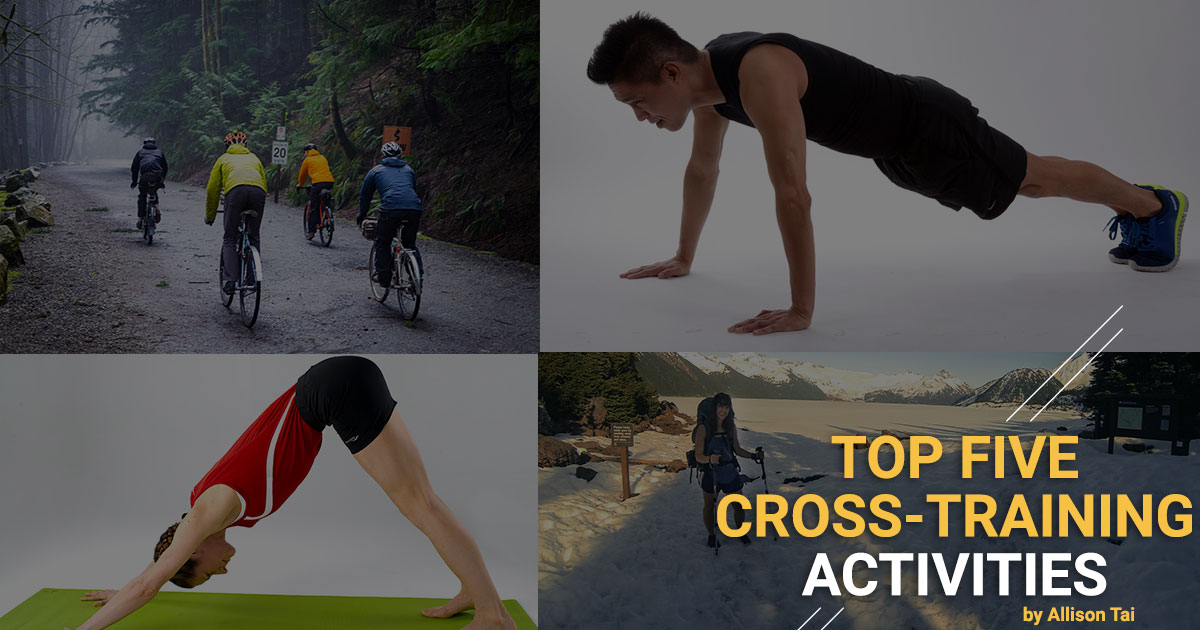
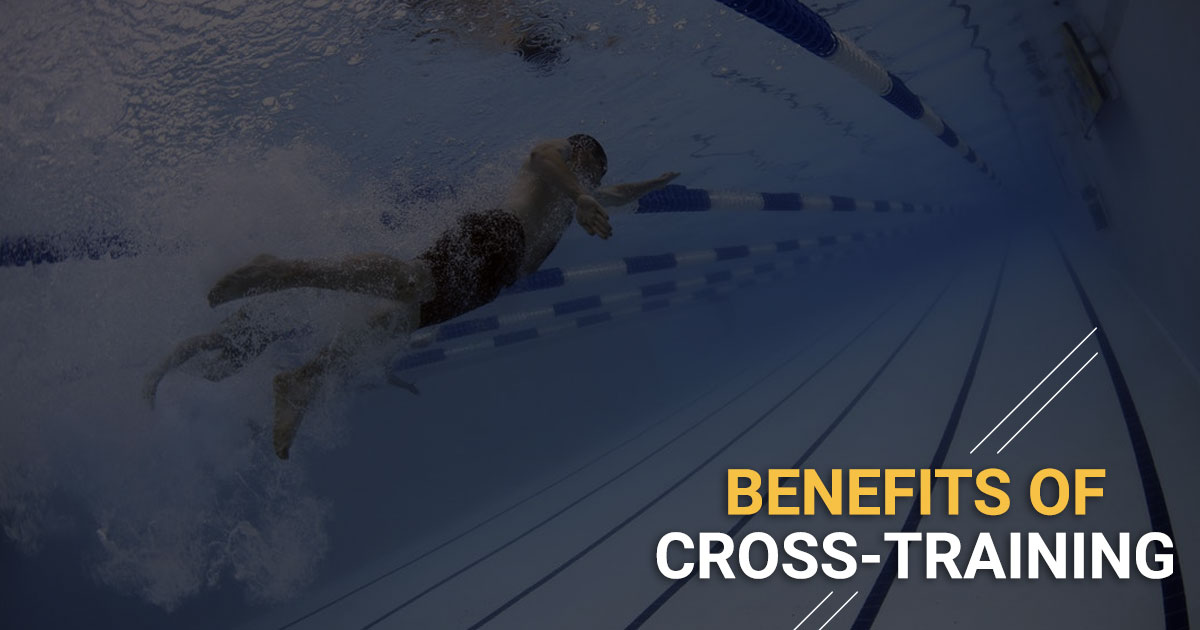
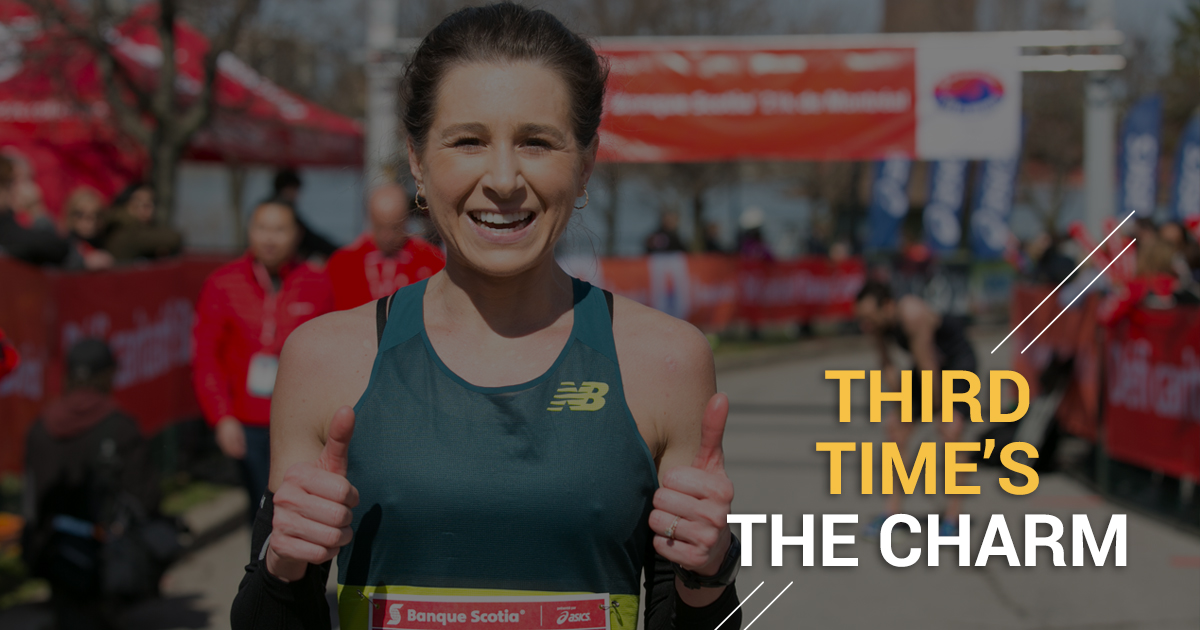






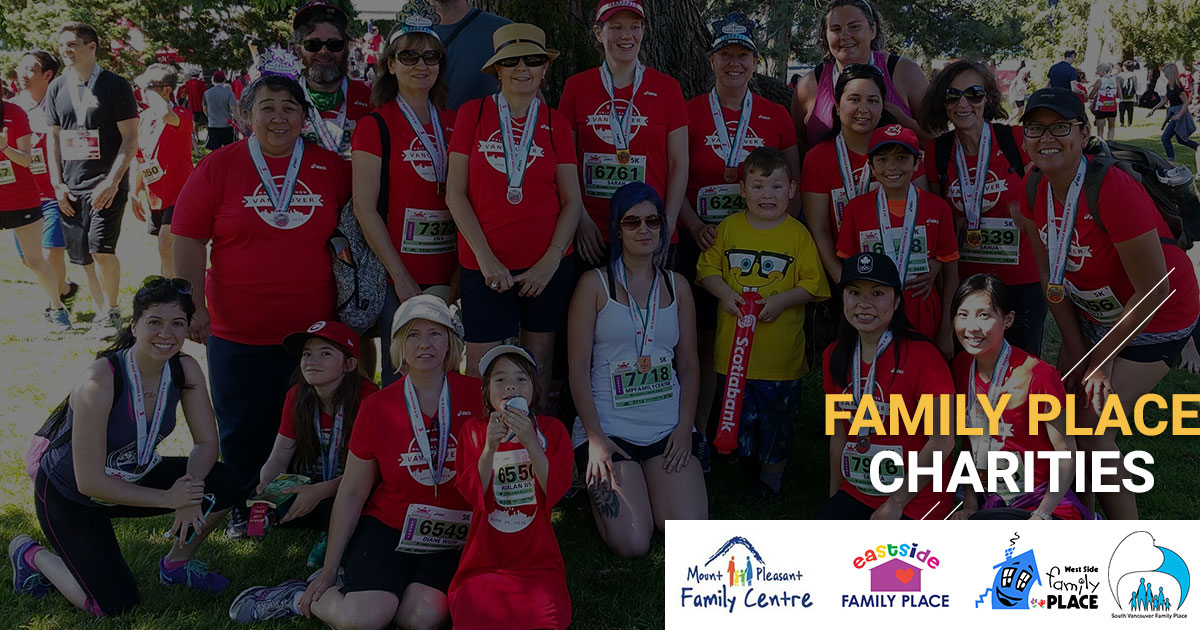
 West Side Family Place
West Side Family Place South Vancouver Family Place
South Vancouver Family Place Mount Pleasant Family Place
Mount Pleasant Family Place Eastside Family Place
Eastside Family Place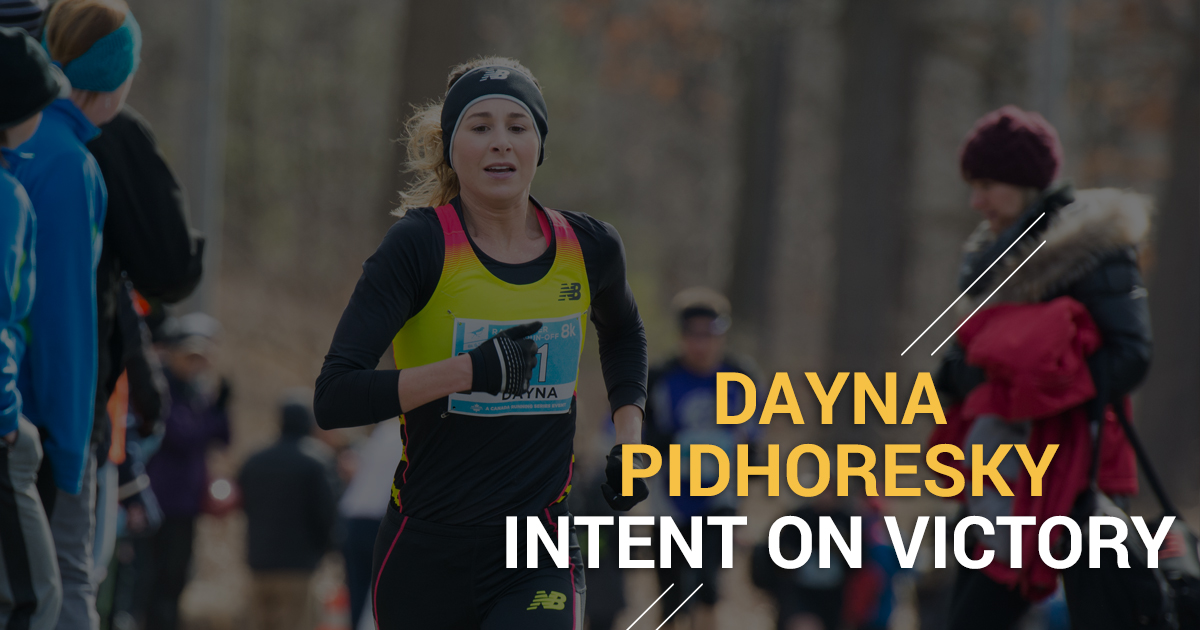
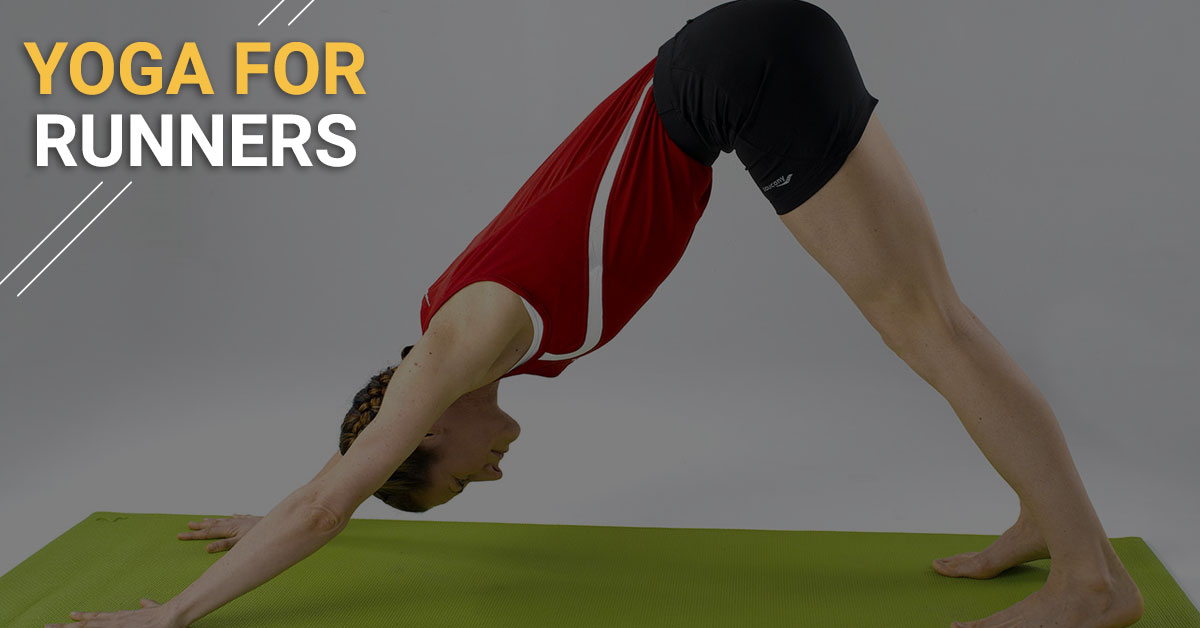
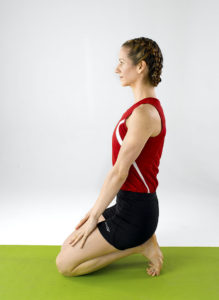
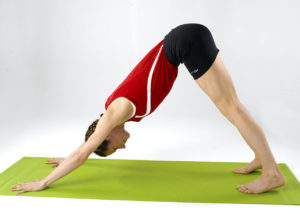
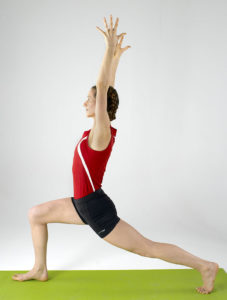
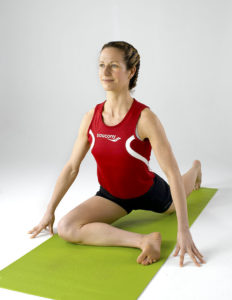
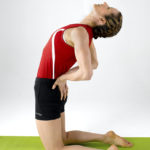
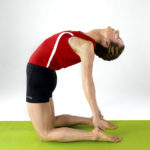

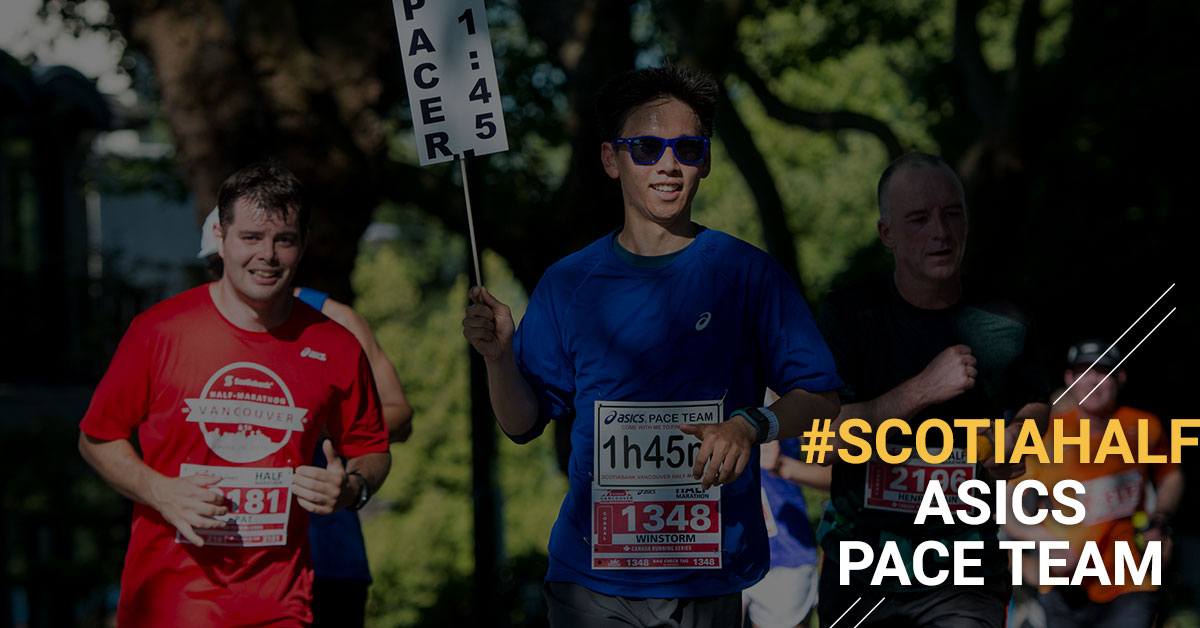

 Kevin Schwab
Kevin Schwab
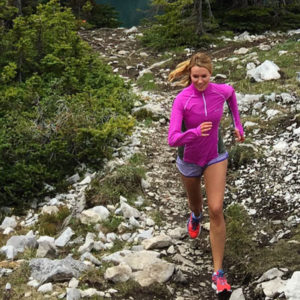 Elisha Allen
Elisha Allen Andy Arevalo
Andy Arevalo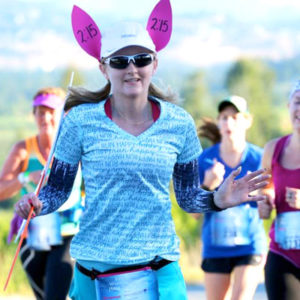 Courtney L.
Courtney L.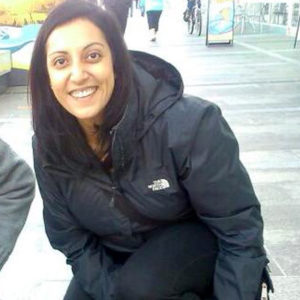 Sharon Sandhu
Sharon Sandhu Lisa Brown
Lisa Brown


